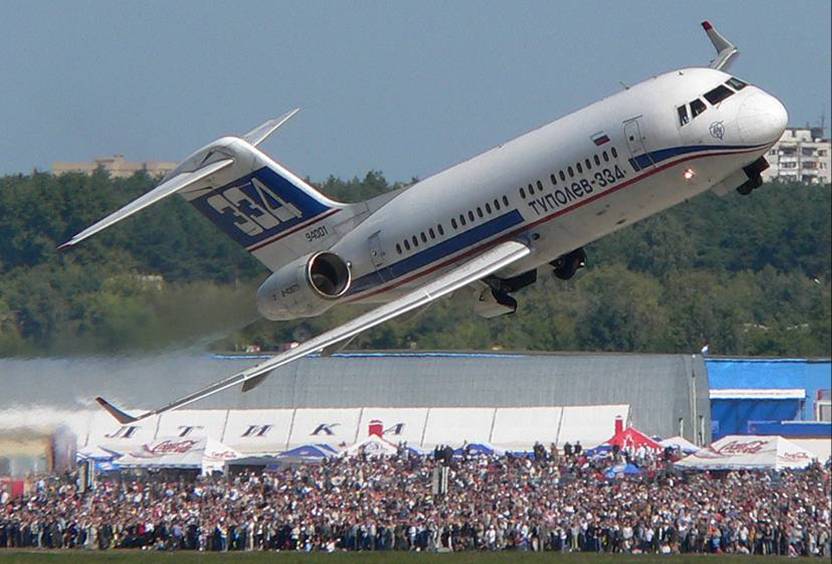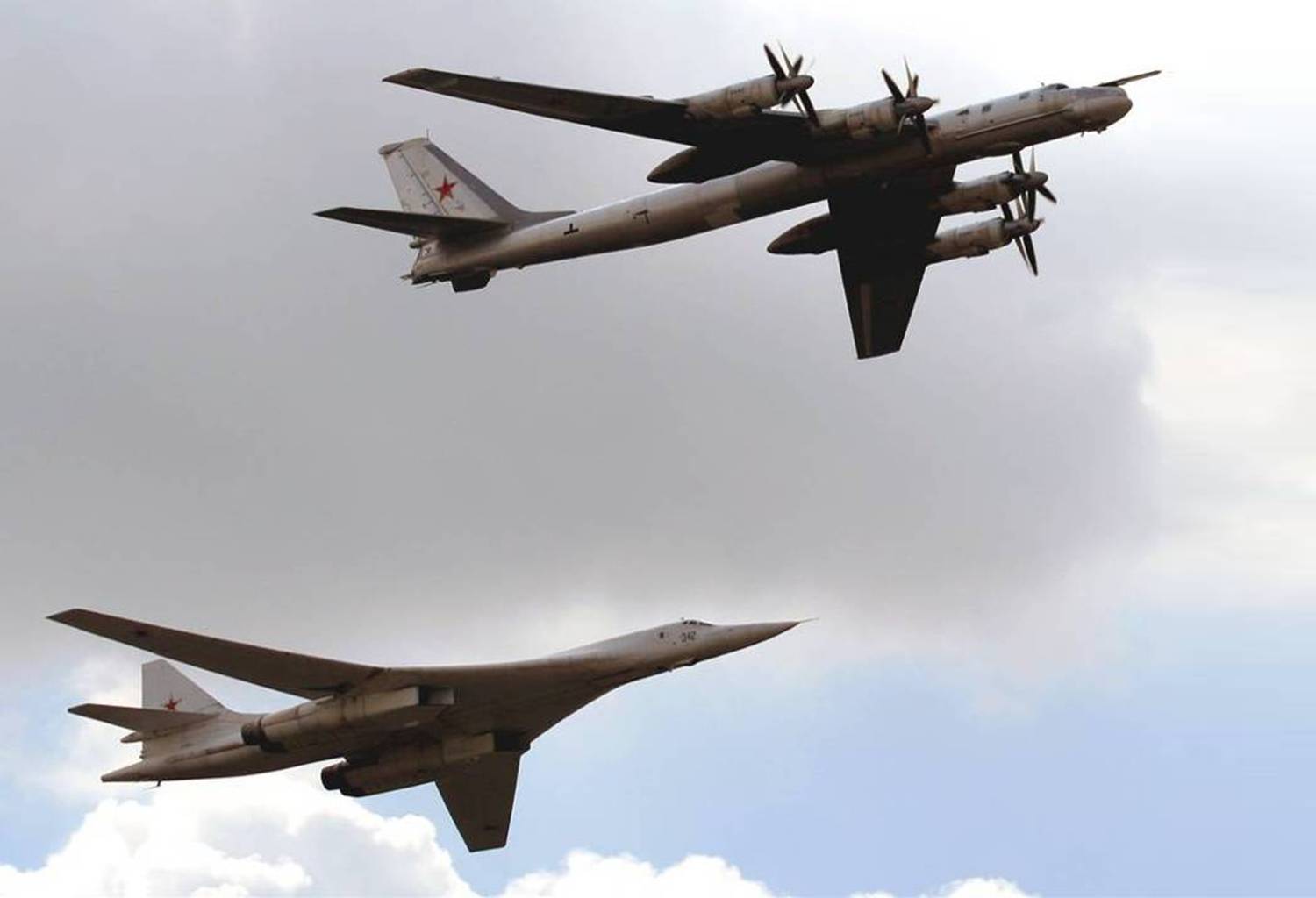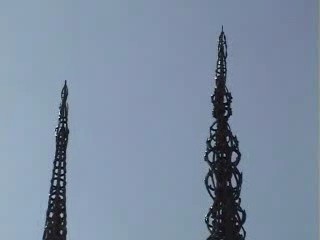Page 5





The stress test took on its final form on October 10, 1959.
A cable that was attached to a crane mounted on the bed of a large truck. The truck was parked to the north of the towers and the crane's cable was attached to a connecting apparatus that distributed its 'force of pull' over a length of the central column of Rodia's West Tower.
There's an old saying, "A chain is only as strong as its weakest link." That one seems to suggest that if you're going to test a chain for strength, you test the weakest link. Goldstone didn't do that!
The West Tower was the last one that Rodia constructed. In that both Rodia's East and Central Towers are towers within towers, the West Tower was his culminating design after four previous iterations of tower building. It was in the construction of the outer tower of Rodia's Central Tower that his method was perfected for his final work and masterpiece of construction, the West Tower. It is the strongest of the three. Goldstone discovered this by computation and analysis and then decided that it would be used to prove the overall strength and stability of all three towers.
Let's return to Bud Goldstone's bosses...
The official story is that they were somewhat apprehensive about angering the City of L.A. because they needed various permits and approval from the city in order to conduct the business of building airplanes. But consider this, the Cold War and the Arms Race were really heating up. If it facilitated the production of warplanes, it's doubtful that anything this major defense contractor could've done during that period would have prevented the federal government from insuring that it got whatever it needed, whenever it was needed, from any city or state government. Putting that aside, how could helping to save an art piece bring trouble down on Goldstone's employers in any case?
IT COULDN'T!
It couldn't, that is, if Bud Goldstone was actually doing what he seemed to be doing.
The test was to simulate earthquakes of major magnitude or winds of up to 75 miles per hour buffeting the Towers. Goldstone had his truck with '10,000 pounds of pull' placed on the north side of the Towers. Aren't our strongest winds generally coming in from over the ocean? Isn't the Pacific to the west? Seems to suggest that the truck should have been pulling against the West Tower from the east doesn't it? But let's put that aside too.
What were all those calculations about anyway? Couldn't they have just hooked the truck up to it and pulled? No! Absolutely NOT!
Why?
Because Bud Goldstone had decided that he would save the Towers and that could not have done it. But evenly distributing the weight of the bomb payload over the length of the fuselage section of the airframe and supporting that bomb payload with the strongest points of that airframe could. So that's what he did!
His bosses knew. They could only hope that the press and the city engineers and the public wouldn't figure it out before he'd done it. They also probably guessed that if Bud hung around his office while he was doing it, one of his co-workers would surely have figured it out and possibly have thought it a nice thing to leak to the press or the City Engineers.
The stress test was as real as the bomb payload on an XB-70. This is true because the same sets of calculations assisted Bud Goldstone and those who assisted him in preparing themselves to conduct it.
Let's call him a hero. Let's call him a man of great intellect and technical ability who could still get his thinking way, waaaay, waaaaaaay outside of the box! (Just like Simon Rodia.)
ThanX Bud.
Happy 48th Anniversary!
* The aircraft photos on this page were provided by USAF Colonel Mark Charles Dickerson, (ret.)